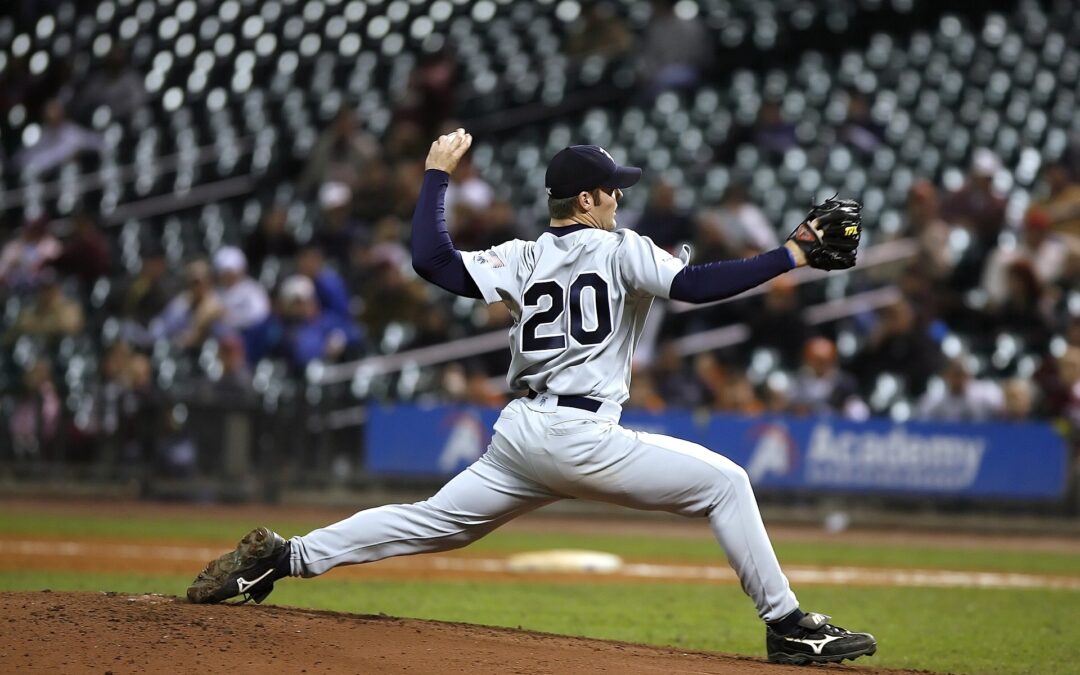In the previous four SportsMedRes posts, we discussed postoperative outcomes after ulnar collateral ligament (UCL) reconstruction in professional baseball players. Our first study (Camp et al. 2018) showed that while we often focus on pitchers who undergo UCL reconstruction, we may need to give more attention to catchers. Only 59% of catchers return to play. Catchers who undergo UCL reconstruction should be carefully monitored once they are ready to return to play, and position-specific rehabilitation programs may help non-pitchers return to play.
The following three studies posted on SportsMedRes opposed the common belief that UCL reconstruction improves pitching performance. The authors showed that Major League Baseball pitchers might perform worse after UCL reconstruction than before surgery and perform comparably to age-matched controls two and three years after surgery. These pitchers also throw slower and fewer fastballs after UCL reconstruction. However, the postoperative decrease in fastball velocity and usage may not impact performance. Clinicians should carefully assess these results and educate patients about what to expect after a UCL reconstruction.
While many pitchers will return to play after a UCL reconstruction, some will require a revision. Many of those who undergo revision UCL reconstruction experience adverse postoperative outcomes. In 2015, Marshall et al. found that 2 in 3 pitchers that undergo revision UCL reconstruction return to Major League Baseball. However, these pitchers walk batters more frequently after surgery than before surgery or compared to pitchers with a primary UCL reconstruction. Pitchers that require a revision UCL reconstruction may have pitching mechanics or structural adaptations that put the UCL at greater risk and further damage the tissue. Identifying and eliminating these risk factors may prevent the need for a future revision UCL reconstruction.
Clinicians should know that these findings may not be generalizable outside of Major League Baseball players. Major League Baseball pitchers have access to elite coaching, pitching analysis, and rehabilitation. Youth, high school, and collegiate baseball players lack most of these resources. Therefore, these younger players may be at increased risk for reinjury and poor performance. Furthermore, postoperative pitching performance among younger players may be uniquely impacted by aging. For example, their natural growth and development may influence younger players’ outcomes as they age. Youth and high school pitchers may sometimes appear to throw harder after UCL reconstruction, but this may be dependent on a natural increase in muscle mass associated with aging.
For decades, amateur and professional pitchers would regard a severe UCL injury as career-ending. Pitchers such as Sandy Koufax, that continued to compete despite this injury, required cortisone injections to remain on the field, and regardless the pain persisted. Since then, the belief had completely switched, with players, parents, and coaches thinking that Tommy John surgery improves pitching performance, and amateur pitchers began requesting that surgeons perform elective UCL reconstruction on their healthy throwing arm. We see that UCL reconstruction is not as magical as the general public believed, but it is much better than Dr. Frank Jobe predicted. He would be glad to hear that we consider a 59% return to play rate “very low” and that pitchers perform comparably to age-matched controls after surgery. Not only that, but there is still room for improvement!
Questions for Discussion
What can clinicians do to educate the public about the risks of UCL reconstruction? How do the postoperative outcomes in MLB players compare to collegiate and high school players?
Written by: Ryan Paul
Reviewed by: Jeffrey Driban
Related Posts
Catchers Struggle the Most of All Baseball Players After UCL Reconstruction
Tommy John Surgery Does NOT Make You Pitch Better!
Fewer Innings Pitched and More Frequent Walks after Revision UCL Reconstruction
Slower Fastballs After Tommy John Surgery? No Matter – Velocity Isn’t Everything!


